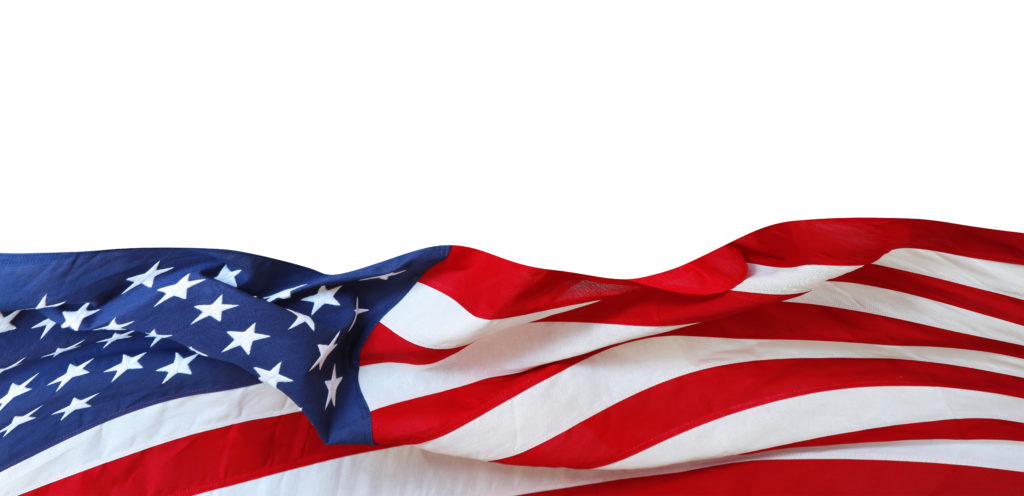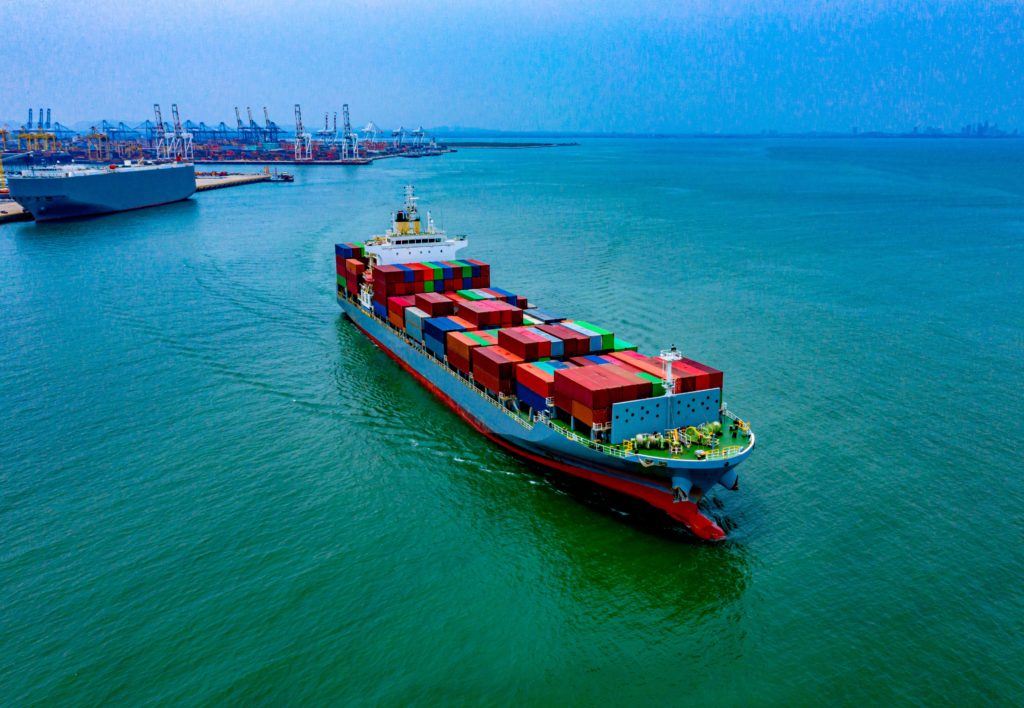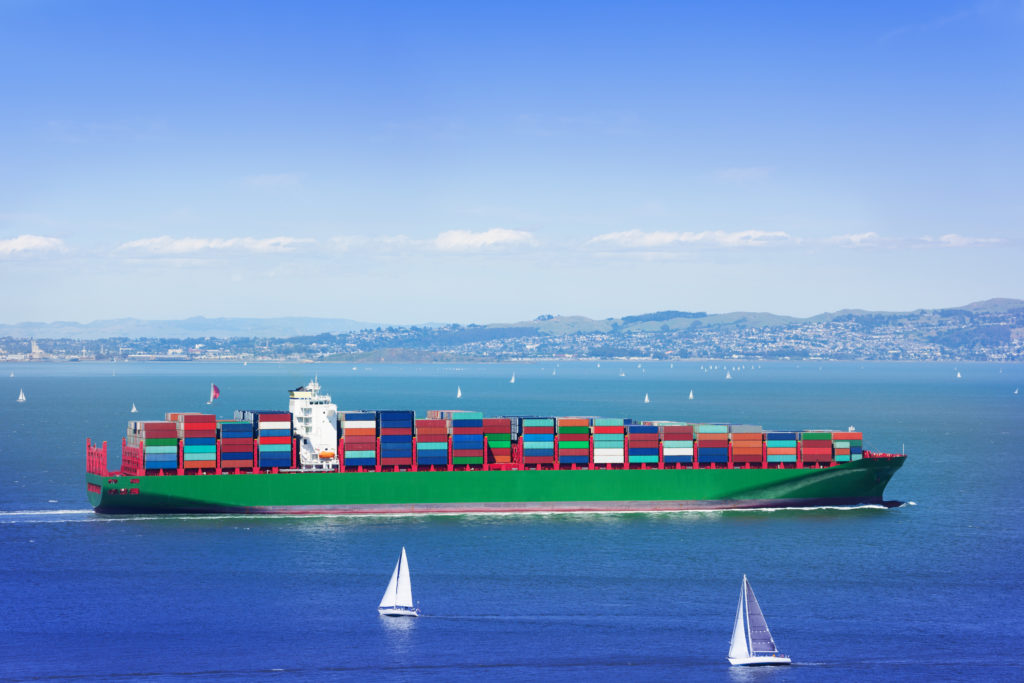Country of Origin Marking
Country of Origin Marking Rule
Marking of Country of Origin on U.S. Imports
Every article of foreign origin entering the United States must be legibly marked with the English name of the country of origin unless an exception from marking is provided for in the law. The purpose of country of origin marking is to inform the ultimate purchaser in the United States of the country in which the imported article was made.
The ultimate purchaser is generally the last person in the United States who will receive the article in the form in which it was imported. If the article will be used in manufacture, the manufacturer or processor in the United States is the ultimate purchaser if the processing of the imported article results in a substantial transformation of the imported article.
What is the purpose of marking?
To inform the ultimate purchaser in the United States of the country in which the imported article was made.
What is meant by “country”?
Country means the political entity known as a nation. Colonies, possessions, or protectorates outside the boundaries of the mother country may be considered separate countries.
What is the Country of Origin?
The country of origin is the country of manufacture, production, or growth of the article.
Does altering the article in a second country change the country of origin?
The country of origin of an article may be changed in a secondary country if one of the following occurs:
- If the further work or material added to an article in the second country constitutes a substantial transformation. A substantial transformation occurs if a new article with a different name, character, and use is created.
- For a good from a NAFTA country: if under the NAFTA Marking Rules (19 CFR Part 102) the second country is determined to be the country of origin of the good; or
- For an article considered to be a textile or apparel product (regardless of whether it is a good from a NAFTA country): if the country of origin is determined by the general rules set forth in 19 CFR Part 102.21 to be the second country. For purposes of determining whether a textile or apparel product is from Israel, the general rules in 19 CFR 12.130 apply.
In-Depth Coverage: Marketing and Advertising Compliance
- Federal Trade Commission (FTC) Advertising Rules
- Made in USA Standard
- FTC Regulation on Environmental Claims
- Adverting and Marketing on the Internet
- Label Claims for Conventional Foods and Dietary Supplements
- Dietary Supplement Advertising: What is FTC's Truth-in-Advertising Law?
- USDA Country of Origin Labeling (COOL)
- FTC Rules & Regulations on Food Advertisement
Is it necessary for the words made in or product of to precede the name of the country of origin?
The phrase “made in” is required only in the case where the name of any locality other than the country or locality in which the article was manufactured appears on the article or its container and may mislead or deceive the ultimate purchaser. The marking “made in (country)” or other words of similar meaning must appear in close proximity to, and in comparable size letters of, the other locality to avoid possible confusion. Use of the words “assembled in” may be used to indicate the country of origin of an article where the country of origin of the article is the country in which the article was finally assembled. “Assembled in” may be followed by the statement “from components of (the name of the country or countries of origin of all the components).”
Should the marking be of a particular size?
The marking must be legible. This means it must be of an adequate size, and clear enough, to be read easily by a person of normal vision.
Where should the marking be located?
The marking should be located in a conspicuous place. It need not be in the most conspicuous place, but it must be where it can be seen with a casual handling of the article. Markings must be in a position where they will not be covered or concealed by subsequent attachments or additions. The marking must be visible without disassembling the item or removing or changing the position of any parts.
How permanent must the marking be?
The article should be marked as indelibly and permanently as the nature of the product will permit. Marking that will not remain on the article during handling or for any other reason except deliberate removal is not a proper marking.
Abbreviations and Variant Spellings
Abbreviations that unmistakably indicate the name of a country, such as “Gt. Britain” for Great Britain or “Luxemb” for Luxembourg, are acceptable. Variant spellings which clearly indicate the English name of the country of origin, such as “Brasil” for Brazil and “Italie” for Italy are acceptable. However, it is always preferable to spell out the country’s name in full, because any abbreviation may be a cause for confusion. However, “E.C.” or “E.U.” for European Community or European Union, respectively, are not acceptable abbreviations since they do not indicate the individual country of origin of the good.
In-Depth Coverage: Importing Medical Device
Forms of Marking
What are the acceptable forms of marking?
The best form of marking is one which becomes a part of the article itself, such as branding, stenciling, stamping, printing, molding, and similar methods. Other forms of marking will also be acceptable if it is certain that the marking will remain legible and conspicuous until the article reaches the ultimate purchaser in the United States. It is important that this marking withstand handling. This means it must be of a type that can be defaced, destroyed, removed, altered, obliterated, or obscured only by a deliberate act.
What about tags?
When tags are used, they must be attached in a conspicuous place and in a manner that assures that, unless deliberately removed, they will remain on the article until it reaches the ultimate purchaser.
May adhesive labels be used?
Labels may be used in some instances, but this is not a recommended form. Often labels become loose due to weather, unsatisfactory adhesive, or other conditions. If this happens, the importer may be subject to the expense of remarking the merchandise.
In-Depth Coverage: USDA-Regulated Products
- Importing USDA-Regulated Food Products
- Import Regulation by USDA Agricultural Marketing Service (AMS)
- Food Products – FDA or USDA Regulated
- Country of Origin Labeling
- Importing Animals, Animal Products, and Biologics into the US
- Importing Meat, Poultry, and Egg Products into the US
- Labeling and Marking of Imported Meat, Poultry, and Egg Products
- USDA National Organic Program (NOP)
- Agricultural Safeguards and USDA Licensing
In-Depth Coverage: Importing Food Products
- What is FDA Food Safety Modernization Act (FSMA)?
- Prior Notice of Imported Foods
- FDA Food Facility Registration
- Risk-Based Preventive Controls for Human Food
- Risk-Based Preventive Control for Animal Food
- Protect Food against Intentional Adulteration
- What is Foreign Supplier Verification Program (FSVP)?
- What is FSMA Produce Safety Rule?
Marking of Combined Articles
An article that is to be combined with another article in the United States but which will retain its identity and will not undergo a change in origin must be marked “(Name of imported article) made in (country).”
Marking of Containers
Usual containers imported filled must be marked with the name of the country of origin of the contents of the usual container, unless the contents are marked with the country of origin and the usual containers can be readily opened for inspection of the contents. Usual containers imported empty to be filled may be excepted from individual marking if they reach the person or firm that will fill them in a carton or other container marked with the country of origin. Unusual containers imported empty, to be filled in the United States, must be marked “Container made in (country).”
What is a usual container?
The container in which an imported article will ordinarily reach the ultimate purchaser. Usual containers or holders are not required to be marked with their own origin when imported filled. Usual containers, which are goods from a NAFTA country, are not required to be marked with their own origin, whether or not filled.
What is an unusual container?
These may include containers not ordinarily sold at retail with their contents, or containers which have further use or value after their contents are consumed. Unusual types of containers must be marked to indicate their own origin when imported filled, in addition to any marking required to indicate the origin of their contents. For example, a vase made in France containing candy made in England must be marked: “Vase made in France, candy made in England.”
In-Depth Coverage: Importing Cosmetics
Are there other articles not required to be marked with the country of origin?
Yes, the following:
- Articles valued at not more than $200 that are passed without the filing of a customs entry.
- Articles brought into a foreign trade zone or a bonded warehouse for immediate exportation or for transportation and exportation.
- Products of American fisheries which are free of duty.
- Products of possessions of the United States.
- Products of the United States exported and returned.
- Bona fide gifts from persons in foreign countries, provided the aggregate value of articles received by one person on one day and exempted from the payment of duty should not exceed $100 retail value.
- Goods of a NAFTA country that are original works of art.
- Ceramic bricks; diodes, transistors and similar semiconductor devices; photosensitive semiconductor devices, electronic integrated circuits and microassemblies that are goods of a NAFTA country.
- Certain coffee and tea products.
- Certain spice products.
- Silk scarves and silk fabric.
When an article is not required to be marked with the country of origin, does the immediate container have to be marked?
Yes, unless that article is excepted from marking under clause (F), (G), or (H) indicated above, or the article is specifically not subject to the statutory marking requirements of 19 U.S.C. 1304.
In-Depth Coverage: Customs Valuation
Repacked Articles
Are articles that are to be repacked in the United States subject to the marking requirements of 19 U.S.C. 1304?
Yes, unless the repacker is the ultimate purchaser.
What are the obligations of an importer concerning the marking of repacked goods?
If an article is intended to be repacked in new containers for sale to an ultimate purchaser after its release from U.S. Customs and Border Protection custody, the importer must certify that if he does the repacking, he shall not obscure or conceal the country of origin marking, or that the new container will be properly marked. If the article is intended to be sold or transferred to a subsequent purchaser or repacker, the importer must certify that he/she will notify the subsequent purchaser or repacker (in writing) of the marking requirements. Failure to comply with the certification requirements may subject the importer to additional duty and penalties.
Sanctions for Not Marking
Marking duties
Articles that are not marked with the English name of their country of origin at the time of their importation into the United States shall be subject to additional duties unless properly marked, exported, or destroyed under CBP supervision prior to liquidation of the entry.
Criminal penalties for removal of markings
Any person who removes, destroys, alters, covers, or obliterates with the intent of concealing the country of origin marking on an imported article could be subject to prosecution and criminal penalties.
In-Depth Coverage: Country of Origin
- Country of Origin of Imported Merchandise
- Customs Ruling: Country of Origin
- Country of Origin: Food Products
- Country of Origin: Chemical and Pharmaceutical Products
- Country of Origin & Country of Manufacture: CBP vs. FDA
- Country of Origin: Substantial Transformation or Country of Assembly Test
- Country of Origin and Free Trade Agreement
- Country of Origin and Section 301
Quick Link To U.S. Customs & Import Requirements
Customs Clearance and Import Requirements
- Entry of Imported Merchandise
- What is Section 321 Entry?
- What is Automated Commercial Environment (ACE)
- What is an Automated Broker Interface (ABI)?
- Who is Ultimate Consignee?
- What is Non-Resident Importer Program?
- Country of Origin of Imported Merchandise
- What is the Country of Assembly?
- What is the FDA's Country of Manufacture?
- Marking of Country of Origin on U.S. Imports
- What is Customs Bond?
- Reconciliation Prototype and Bond Rider
- Who Needs a Customs Broker?
- What is Customs Ruling Program?
- Classification of Imported Goods
- How is imported merchandise appraised?
- What are Import Quotas?
- What are Trade Remedy Duties?
- Antidumping Duty (AD) and Countervailing Duty (CVD)
- What is Foreign Trade Zone (FTZ)?
- What is Importer Security Filing (ISF)?
- What is Temporary Importation under Bond (TIB)
- What is In-Bond Process?
FDA-Regulated Products and Import Requirements
- What is Food Safety Modernization Act (FSMA)?
- Prior Notice of Imported Foods
- Food Facility Registration
- Risk-Based Preventive Controls for Human Food
- Risk-Based Preventive Control for Animal Food
- Standards for the Growing, Harvesting, Packing, and Holding of Produce for Human Consumption
- What is Foreign Supplier Verification Program (FSVP)?
- Protect Food against Intentional Adulteration
- FDA Regulated Product in Foreign Trade Zone (FTZ)
- Entry Review Process for FDA Regulated Products
- Country of Origin VS Country of Manufacture
- Foods Regulated by FDA or USDA: What is the Difference?
- Label and Labeling Claims for Conventional Food and Dietary Supplements
- What is USDA Country of Origin Labeling (COOL)?
- Import for Export of FDA Regulated Products
- FDA Regulated Products in Personal Baggage or Sending by Mail or Courier
- International Mail Facility (IMF) and FDA Regulation
- Importing Biological Product Regulated by CBER
- Importing Cosmetics and Voluntary Cosmetic Registration Program (VCRP)
- Importing Drugs into the U.S.
- Importing OTC Drugs into the U.S.
- Importing Veterinary Drugs into the U.S.
- Importing Tobacco Products into the U.S.
- Importing Medical Devices into the U.S
- Importing Food Products into he U.S.
- Importing Radiation-Emitting Products into the U.S.
Guidance on customs & logistics solution for traditional and e-commerce importers and exporters
Importer Security Filing (ISF)
An ISF is required when cargo (ocean only) laden on vessel at a foreign port is destined for shipment to the U.S. Under ISF rule, some importing information and details regarding cargo must be transmitted to the CBP at least 24 hours before goods are loaded onto the vessel, or at least 24 hours prior to the departure to the U.S.
Freight Forwarding
Looking for a freight forwarding partner? To move your cargo from its current location through customs to its final destination we will partner with you to find the best way for your business. Whatever your transportation, logistics and customs clearance need, we will do our best to customize a solution for your needs.
Customs Clearance
All goods imported into the customs territory of the U.S. are required to be declared to CBP. Our customs broker will help you stay in compliance with customs laws and regulations and clear your goods quickly and efficiently with our electronic Automated Commercial Environment (ACE) and Automated Broker Interface (ABI) Single Window System.
Warehousing & Distribution
Our warehouse facility offers great potential for serving as a regional hub with over 145,000 SF storage capacity close to Los Angeles Airport & Los Angeles/Long Beach Sea port. With our extensive experience in freight services, your import/export cargo will be handled quickly and effectively.
Section 321 Entry
Section 321 Entry allows importing free of duty and tax for shipments imported by one person on one day having a fair retail value in the country of shipment not more than $800. We provide our resident and non-resident clients with dedicated ACE eManifest solutions for Section 321 entry of all modes of transportation.
Non-resident Importer Program
If you want to sell your products in U.S. marketplaces, but you are a business owner located outside of the U.S. and do not have an entity or presence in the U.S., you need to be established as a Foreign Importer of Record before your products can be imported into the U.S. We can help you.
E-Commerce
The Internet has made it easy to find and purchase items from almost anywhere in the world. Our e-commerce experts will help you find the right solution for your international transportation, customs clearance, and delivery to your final destination. We also provide value-added repackaging, warehousing and distribution services.
























